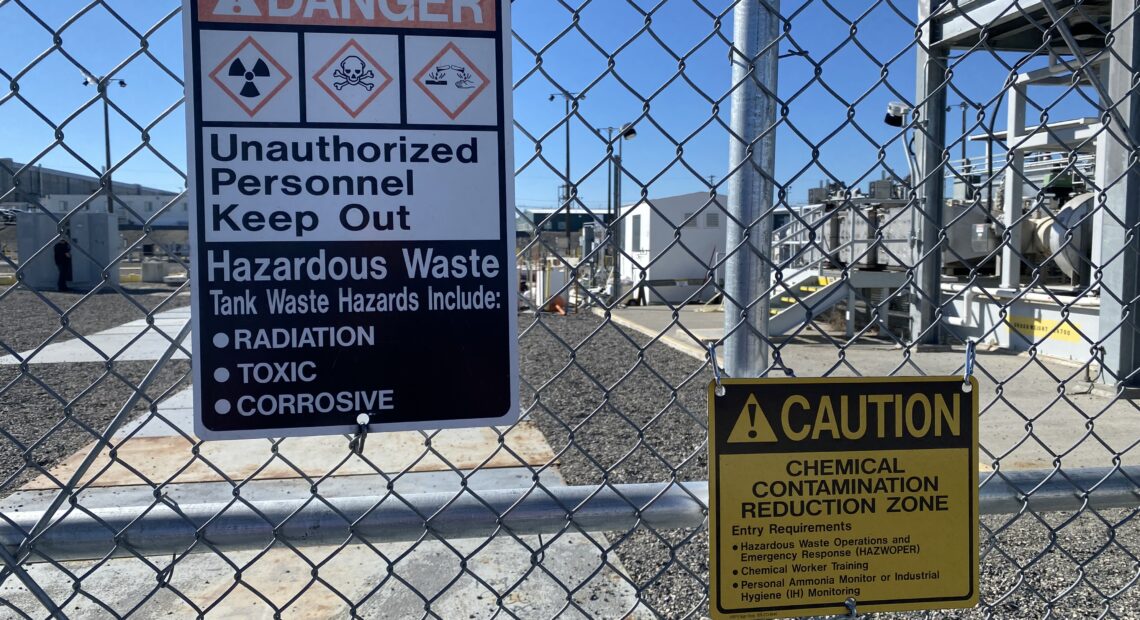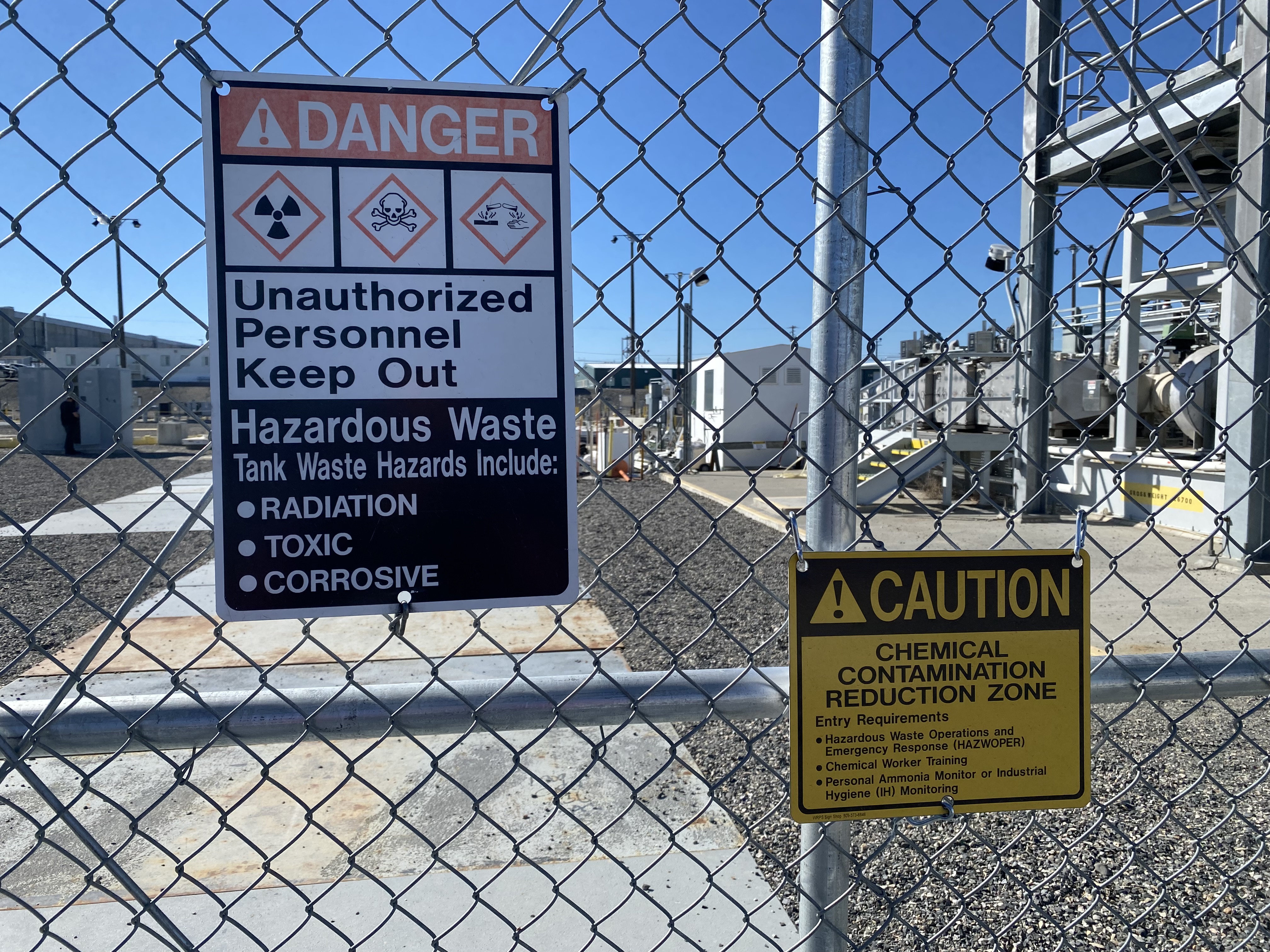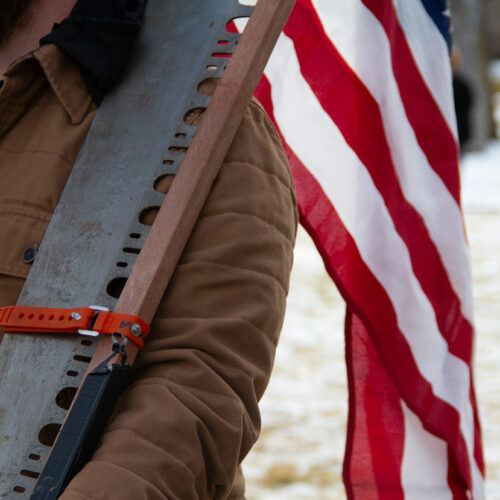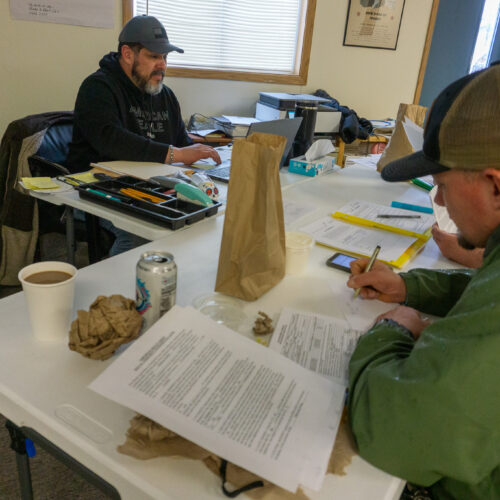
Washington’s Senator Patty Murray said Hanford safety in jeopardy, she’s ‘really, really worried’
Listen
(Runtime 1:11)
Read
In conversations with people and businesses across the Tri-Cities, you can sense a pall over this government town.
At dinners and in hushed calls with friends, many Hanford workers are wondering if they’ll be cut next.
Murray said at a news conference Tuesday she’s concerned about the Trump administration’s dismissal of about 12 U.S. Department of Energy staffers and what effect that will have on safety at the site. The firings are part of the administration’s cost-cutting measures that have affected hundreds of thousands of federal government workers across the nation.
“Now, I’ve spent years trying to get the Hanford the resources it needs,” Murray said, “and we’ve made progress, but it’s still understaffed even before these pointless layoffs last week cut it down to a skeleton crew.”
Murray held the news conference to publicly oppose the Trump administration’s cuts. She said she’s trying to shed light on these decisions.
Hanford, in southeast Washington state, is the legacy of plutonium manufacturing during WWII and the Cold War. There are many contaminated buildings, and 56 million gallons of toxic radioactive sludge stored in aging underground tanks that leak, not far from the Columbia River.
The numbers
Hanford and the Pacific Northwest National Laboratory account for about 13% of the jobs in the Tri-Cities economy each year, according to David Reeploeg, Vice President for Federal Programs with TRIDEC, the region’s economic development organization. Those jobs represent about 24% of the total income of the area.
“Any time you have changes or departures in the workforce it’s going to be hard on people,” said Reeploeg, who was not at Murray’s news conference but spoke later in an interview. “Hopefully these people that are departing, have other strong career opportunities here in the community.”
Reeploeg said some uncertainty happens with every new administration.
“This administration is being more aggressive than we’ve seen in the past,” he said. “We hope to work really closely with the new (Department of Energy) leadership on the cleanup mission at Hanford. It takes a while for all of the new [DOE leaders] people to get confirmed. But time will tell.”
Murray said about 12,000 contract workers are at the Hanford site cleaning up radioactive waste. Reeploeg said there are 300 or so federal employees.
Murray said her concerns about Hanford stem in part from her efforts to help the site get the resources it needs. “And number one the safety of the workers and the safety of the people that live around that, all of us in the region, is my number one priority. Taking that in the wrong direction is just frightening.”
Murray said her office can’t confirm exact numbers on how many DOE employees have been fired. According to Murray’s office, those gone include: safety engineers, environmental scientists, people who monitor and respond to urgent safety issues and folks who make sure Hanford workers’ rights are protected.
The U.S. Department of Energy has remained silent, after calls and messages both to the local Hanford office and headquarters.
Cuts beyond Hanford
Murray said she’s hearing from many of the fired workers, who say they are afraid to speak publicly for fear of retribution. But she said the workers are also worried about safety at the nuclear site.
In her news conference, Murray highlighted workers cut in other parts of the federal government, including the Bonneville Power Administration, the U.S. Forest Service, the U.S. Department of Veterans Affairs and the Pacific Northwest National Laboratory. Across the Northwest, the cuts have been sweeping through federal agencies, eliminating positions from power grid workers to TSA workers. Murray released a fact sheet that summed up cuts at multiple federal agencies — the document covers more than a dozen agencies and includes, for example, that Bonneville Power Administration, which is paid for by rate payers, has eliminated 450 to 600 positions.
“These are people who love our country,” Murray said. “They love their communities. They work hard. They make an honest living. And they have families to support.”
















